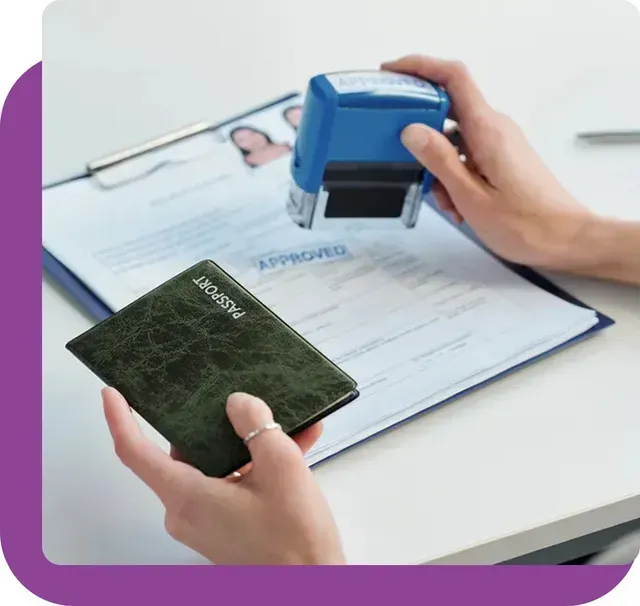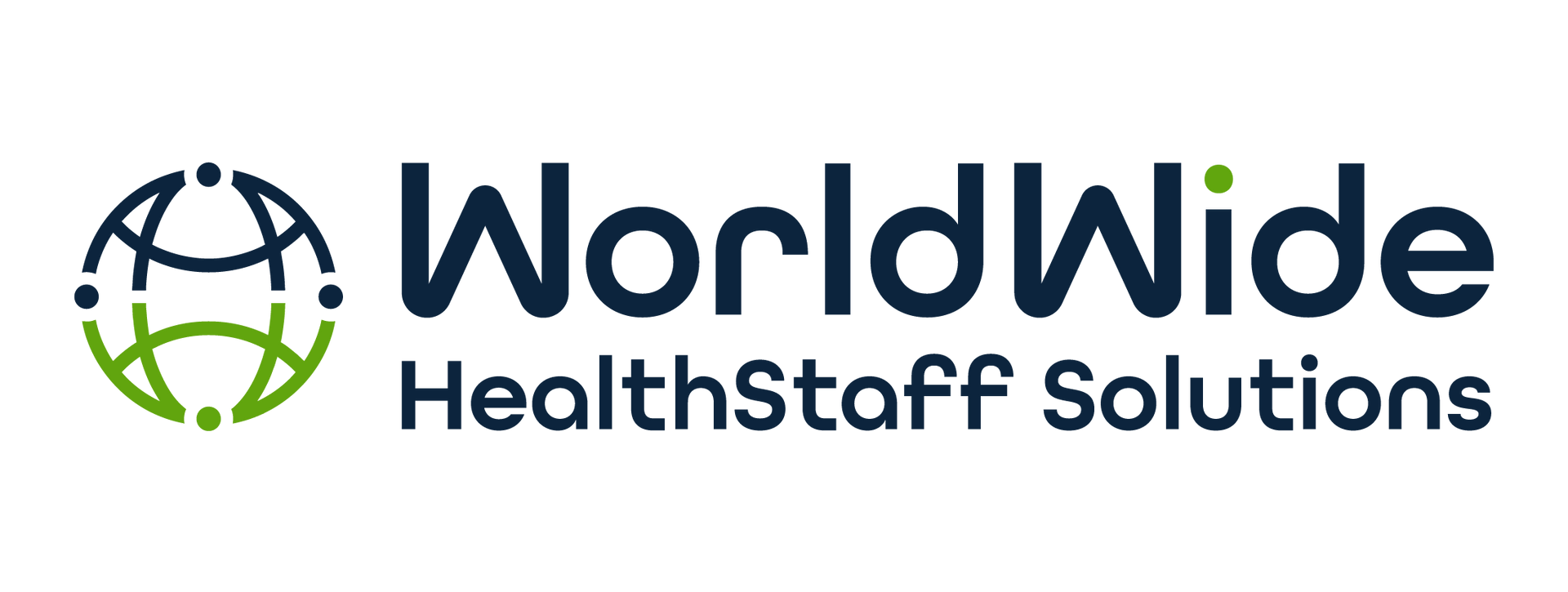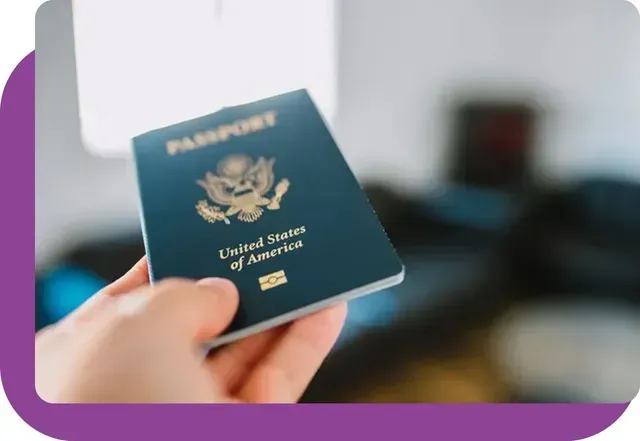Visa Pathways
Explore the visa options WWHS offers for international healthcare professionals seeking to work in the U.S.
EB-3 Visa (Green Card)
The EB-3 Visa also known as the EB-3 Green Card, is an employment-based immigrant visa that allows skilled workers, professionals, and certain unskilled workers to obtain permanent residency in the U.S.
- Type: A permanent residency option for skilled workers, including registered nurses and other healthcare professionals
- Requirements: Candidates must meet the USCIS minimum job requirements for eligibility

Advantages:
Permanent Residency
The EB-3 grants you permanent residency in the U.S., allowing you to live and work in the country indefinitely.
Family Benefits
You can add immediate family members (spouse and children under 21) to your immigration petition, to be included as U.S. permanent residents.
Path to Citizenship
After holding an EB-3 visa for a certain period (usually 5 years), you can apply for U.S. Citizenship, providing you with full rights and benefits as an American citizen.
Job Seekers
The majority of the positions available through WWHS are with the EB-3 visa. This is the most common employer-based sponsorship for healthcare employees to come to the U.S.
TN Visa
Allows Canadian and Mexican citizens to work temporarily in specific healthcare roles within the U.S. Available under the United States – Mexico – Canada Agreement (USMCA).
- Type: A temporary work visa for eligible Canadian and Mexican professionals
- Requirements: The candidate must work in an eligible profession and meet the specific educational or licensing requirements for that profession

Advantages:
Path to Permanent Residency
Some employers may choose to adjust a TN visa to an EB3 visa, at least 180 days after a candidate begins work in the U.S.
Family Benefits
Spouses and children (under 21) of TN visa holders can accompany them to the U.S. under the TD visa status, and they are allowed to study and live in the U.S. during the duration of the TN visa holder’s stay; however, the spouse may face work restrictions.
Job Seekers
Most employers require candidates to have already completed their visa screen to interview for a TN position.
Quick and Easy Process
The TN visa process is relatively fast and straightforward, with no annual cap limiting the number of visas available for Canadian and Mexican citizens.
No Cap on Renewals
The TN visa is granted in increments of up to three years and can be renewed indefinitely, as long as the visa holder continues to meet eligibility requirements and works in a qualified role.
F1 Visa
The F1 visa is a non-immigrant visa that allows foreign students to enter the U.S. to pursue academic studies at an accredited institution.
- Type: The F1 visa is for international students pursuing education in the U.S., including those studying nursing or other healthcare related degrees
- Requirements:
The candidate must be accepted by a U.S. school certified by the Student and Exchange Visitor Program (SEVP) and demonstrate sufficient financial resources to support their studies

Advantages:
Path to Permanent Residency
Adjustment to a green card from a student visa will usually be longer than the year of OPT. This would require a stop in work and following guidelines to remain in good standing with your current visa status, either by re-enrolling in school or returning to your home country.
Family Benefits
While on the F1 visa, the spouse and children of the visa holder may accompany them on F2 visas, while F2 spouses are not authorized to work, they can study in the U.S., and children can attend school.
On Campus Employment
F1 visa holders are eligible to work part-time on-campus while studying, offering opportunities to gain experience and supplement income.
OPT
Generally, F1 students are allowed one year of work authorization following the completion of their degree, called Optional Practical Training (OPT). OPT is required to be in a field directly related to that of the completed degree program and work authorization is granted through the educational institution, often through the Department of International Affairs.
Cultural and Career Opportunities
Studying in the U.S. provides students with access to diverse cultural experiences and exposure to some of the best healthcare institutions in the world, which can be beneficial to career growth.





